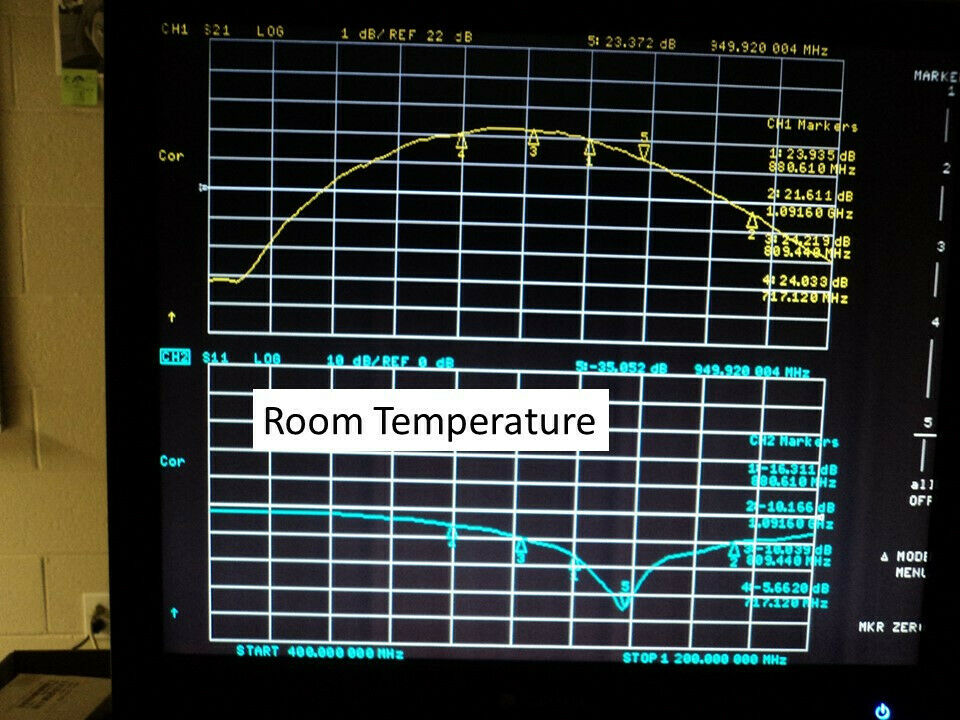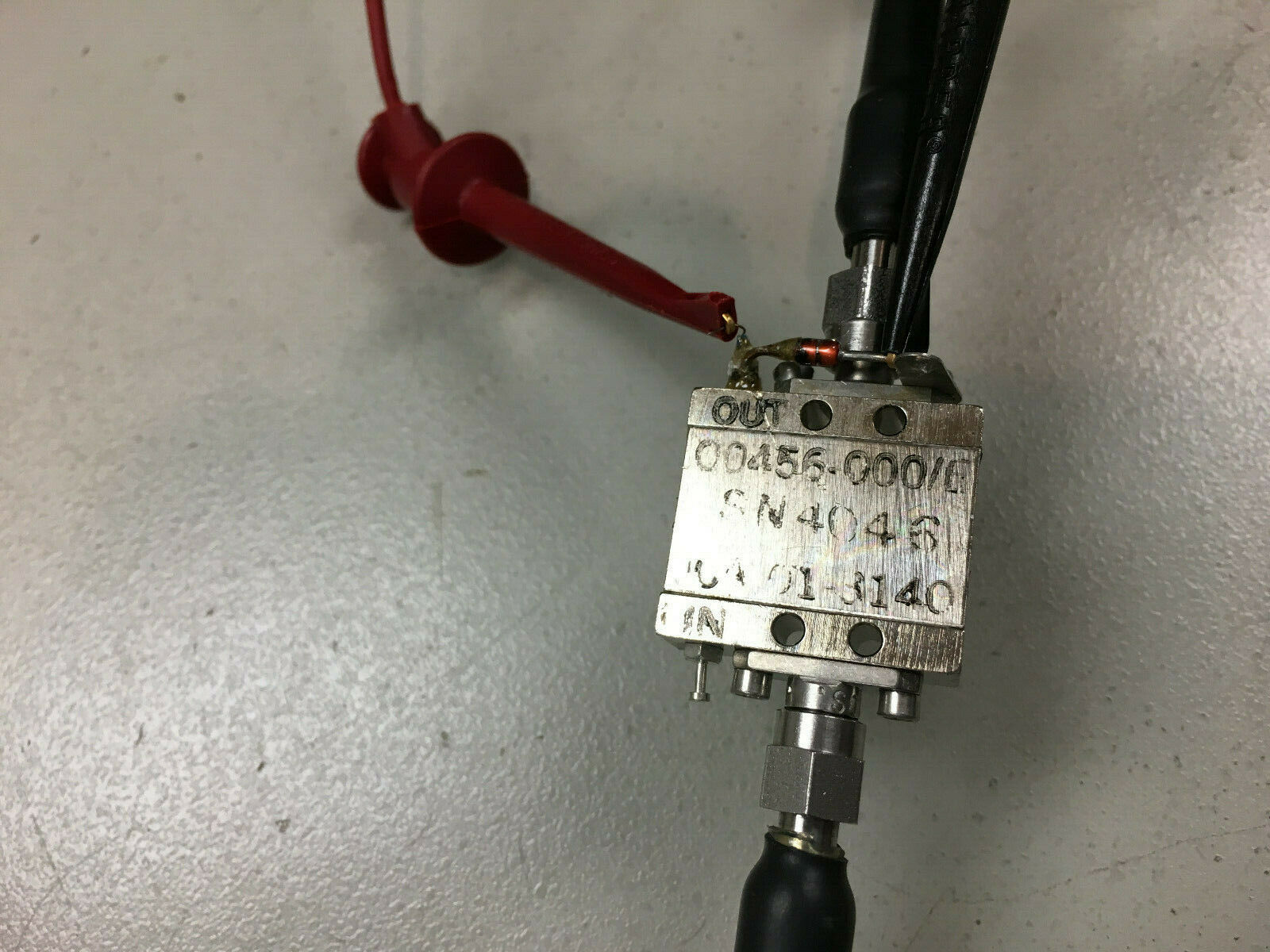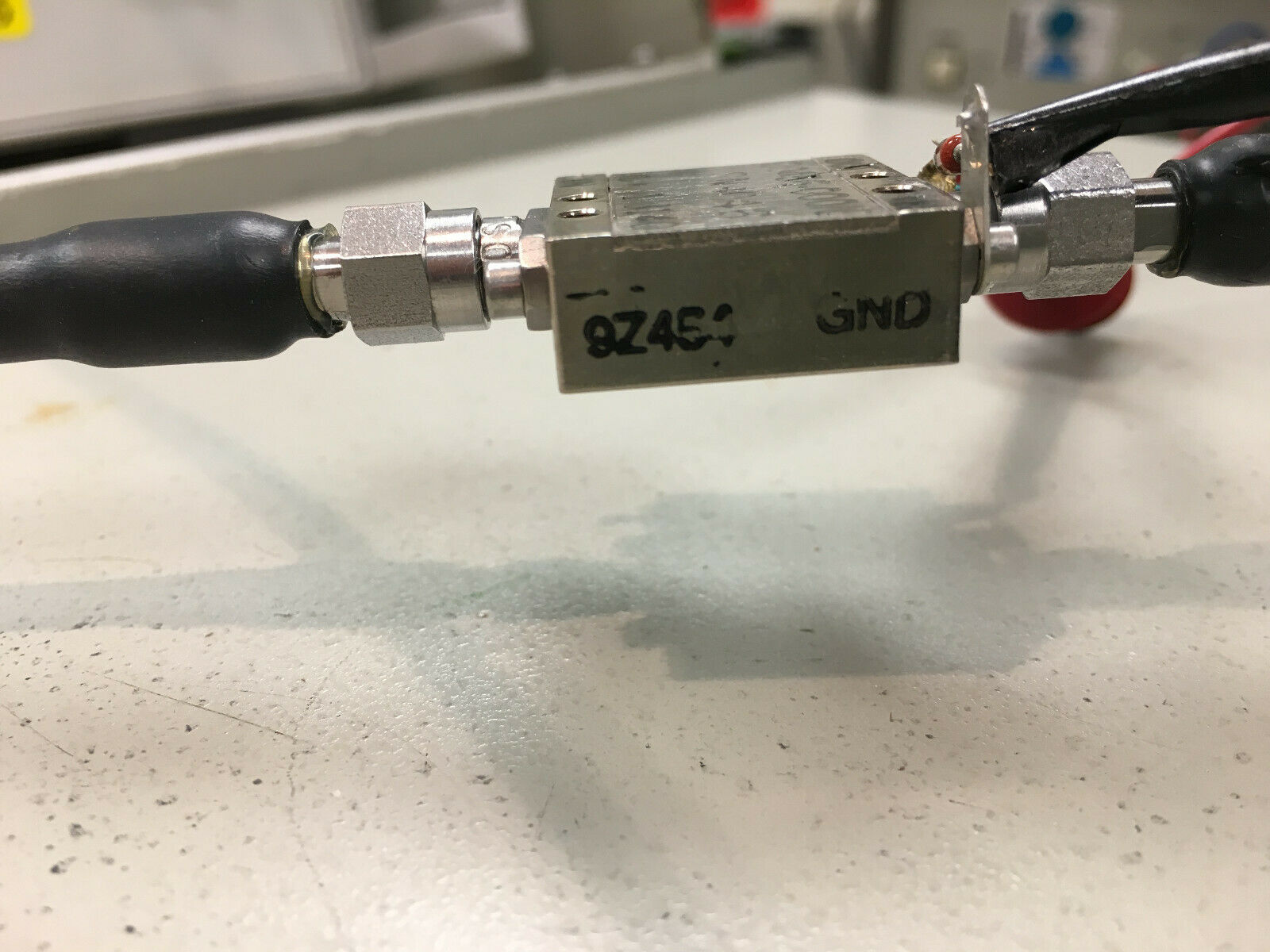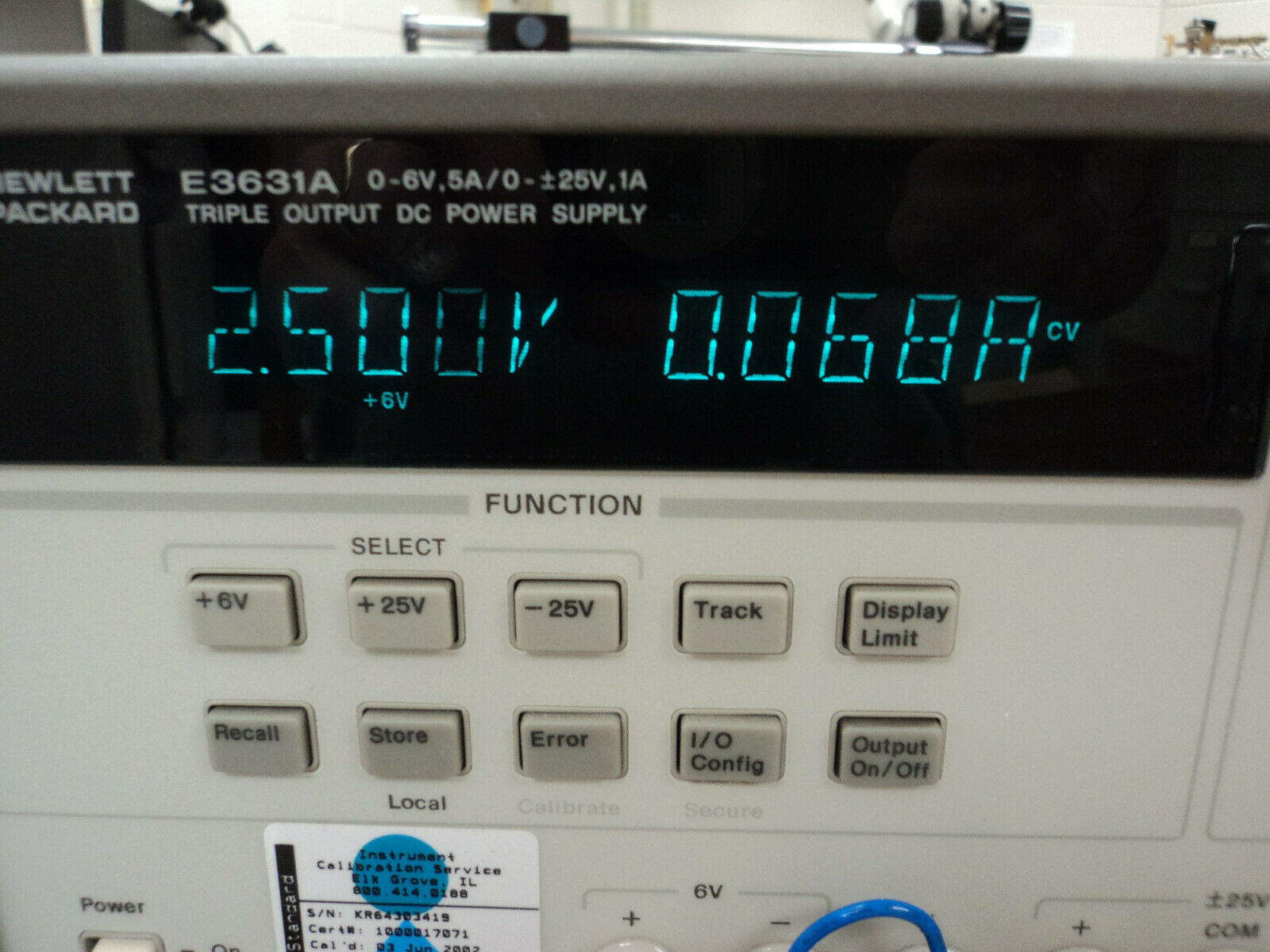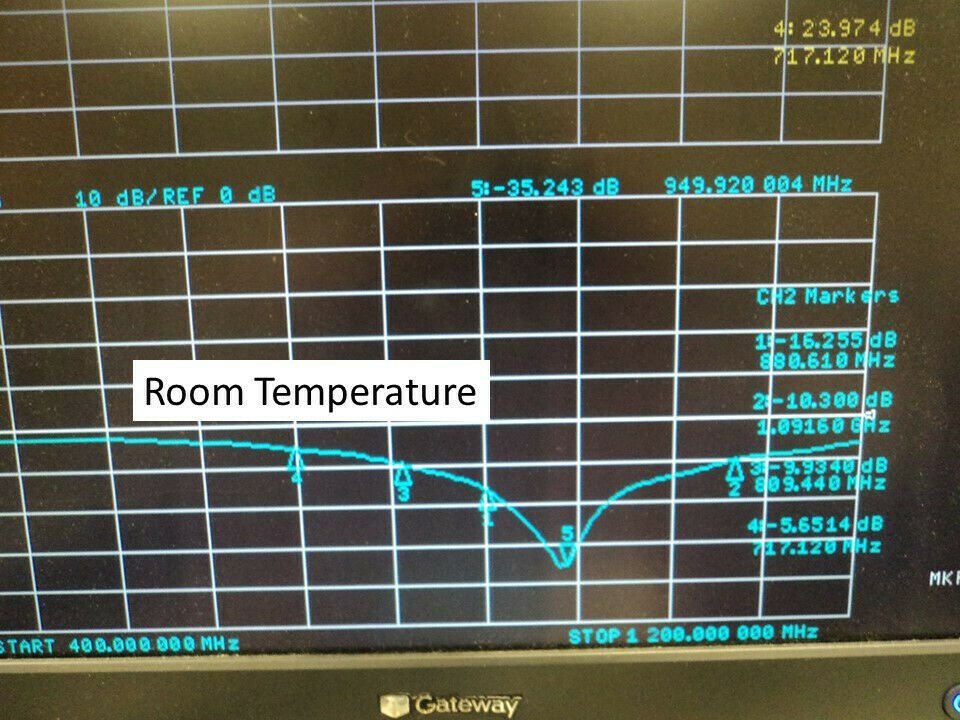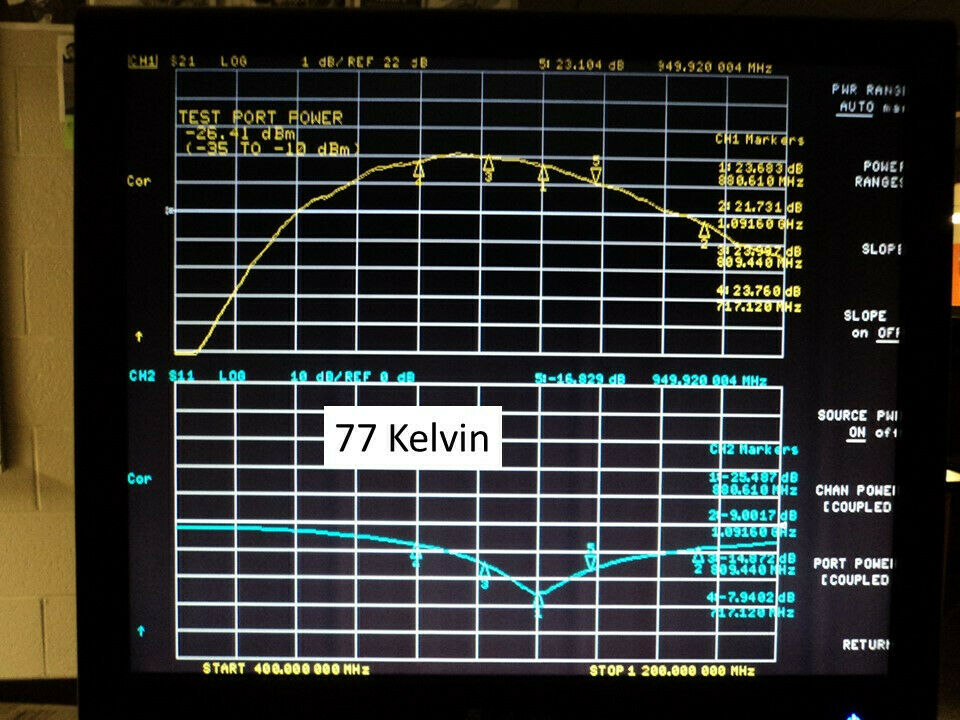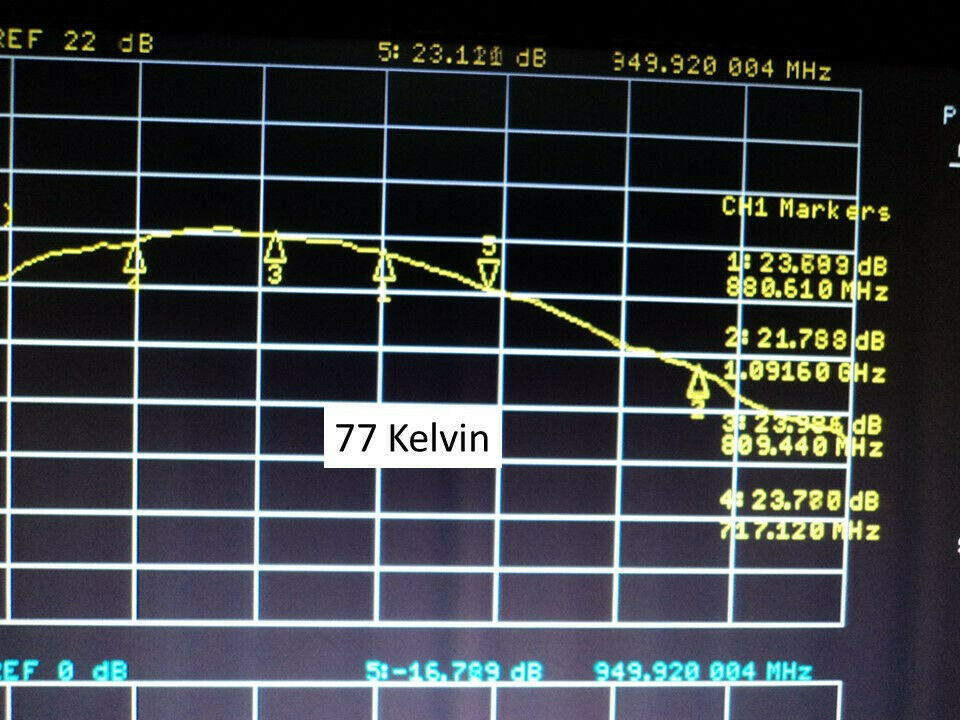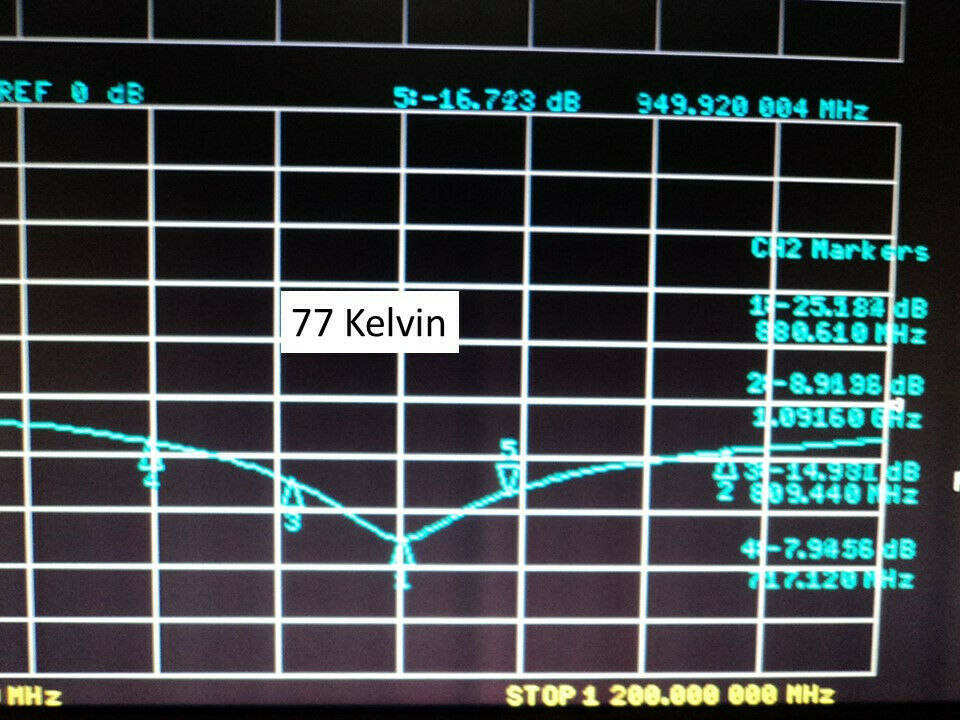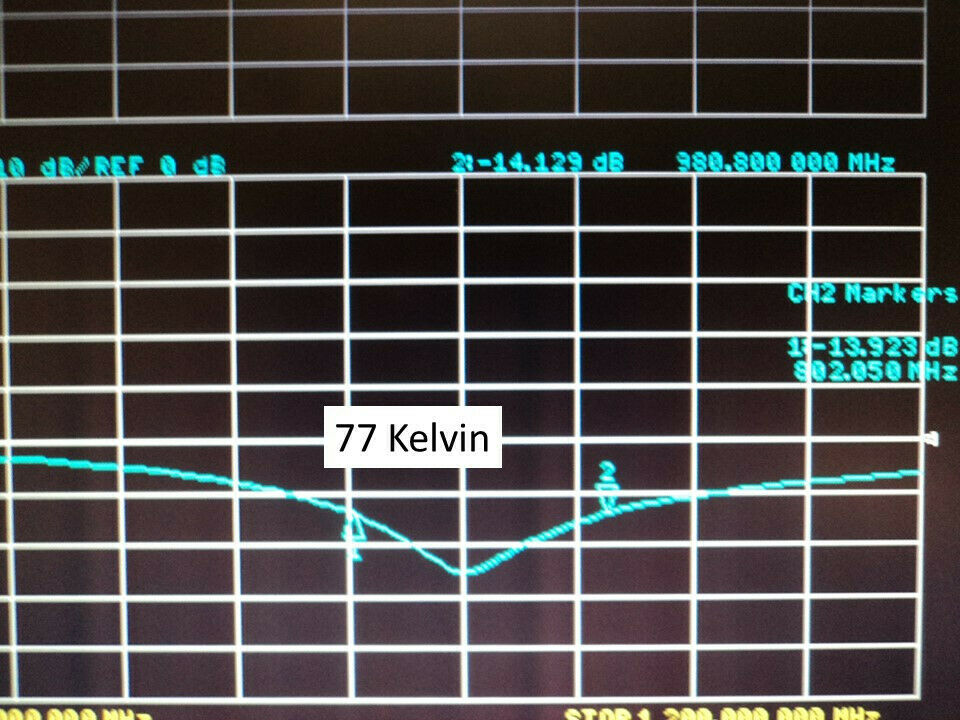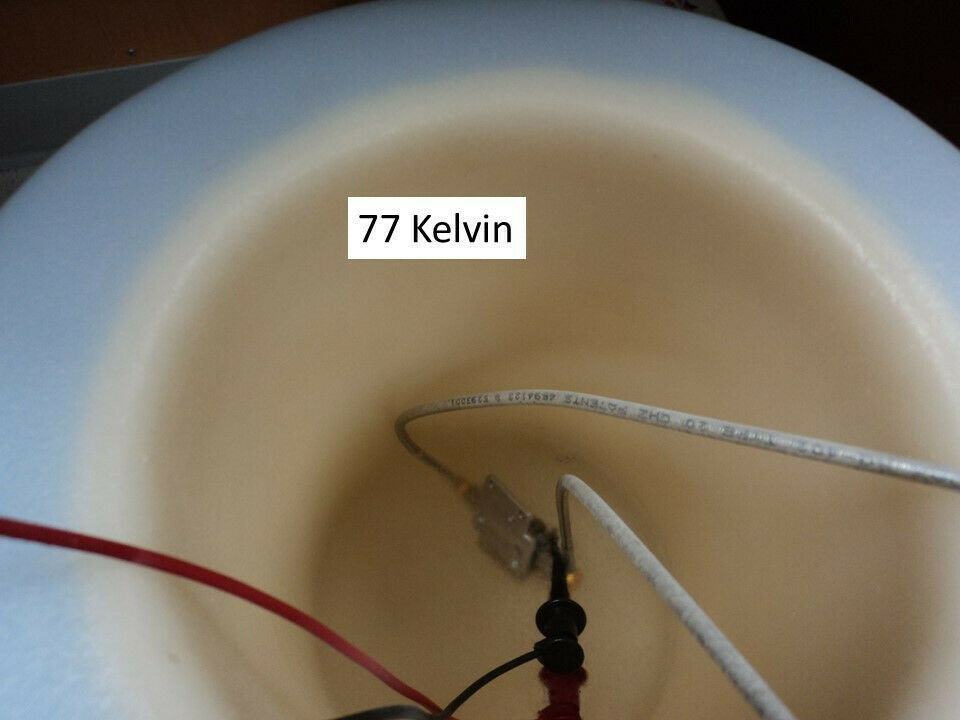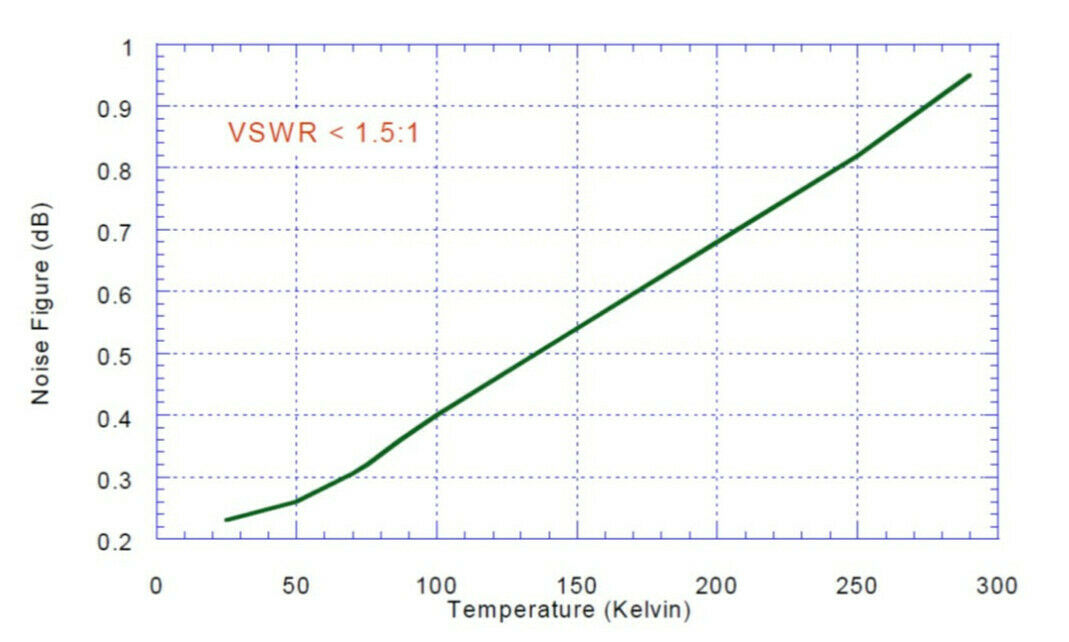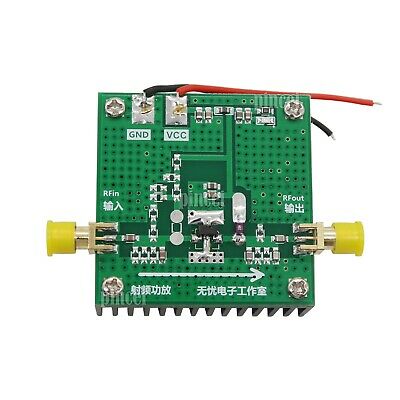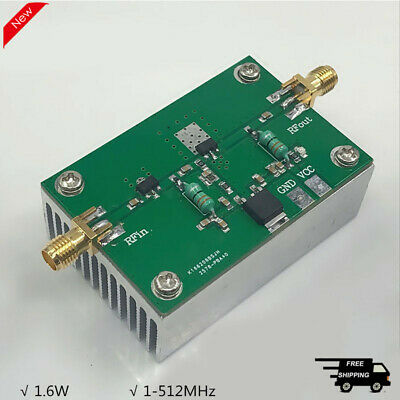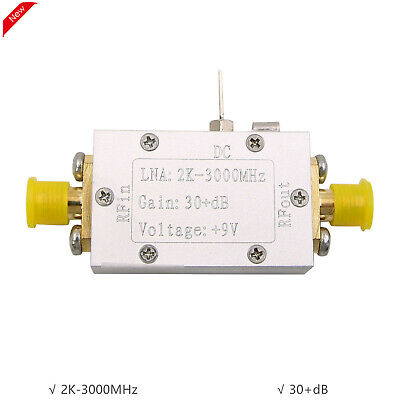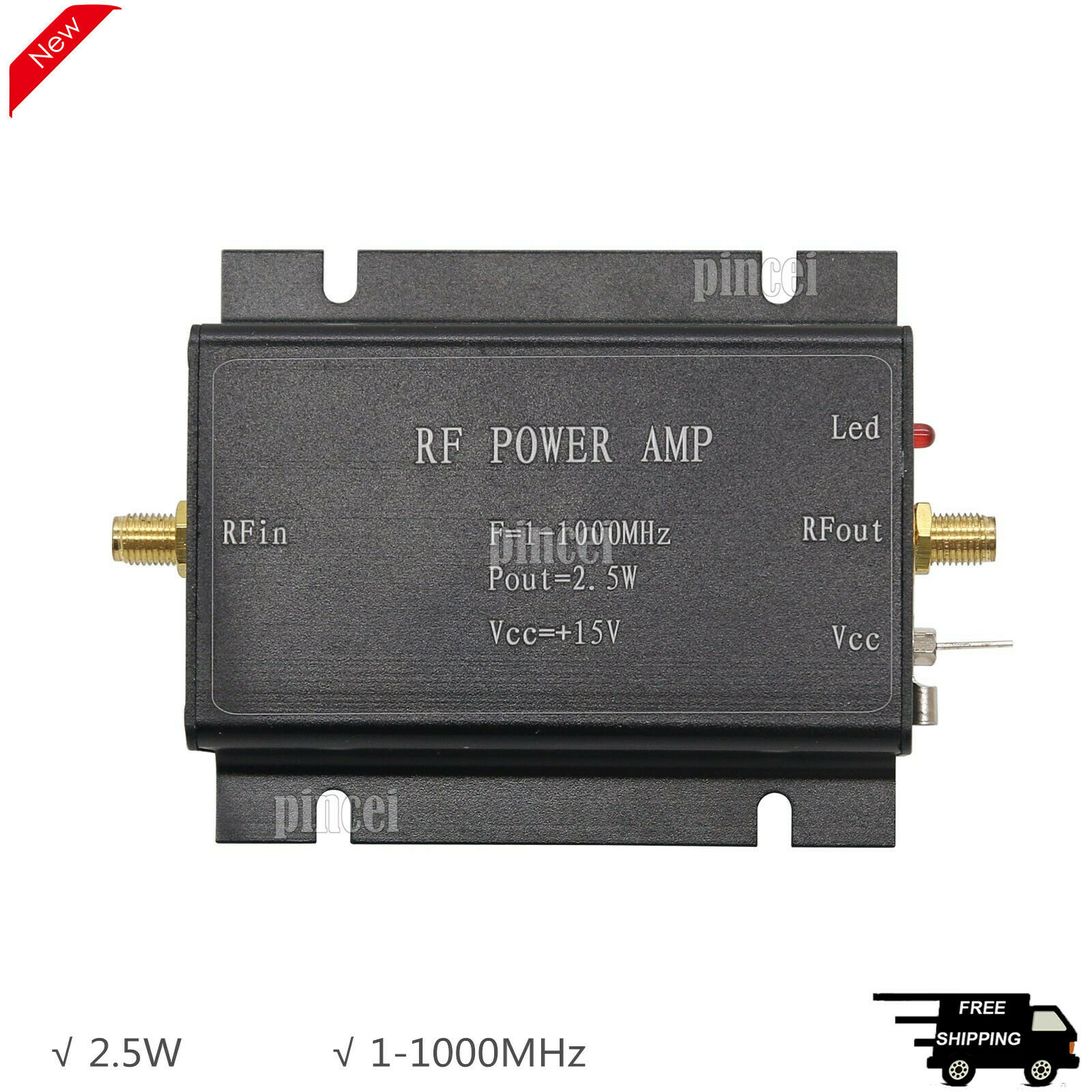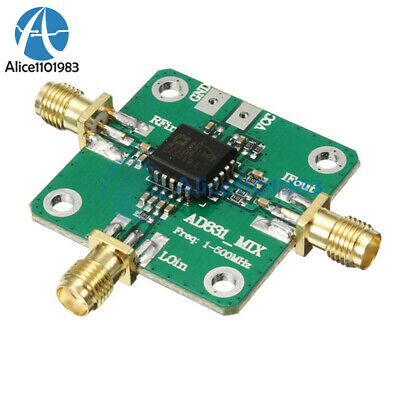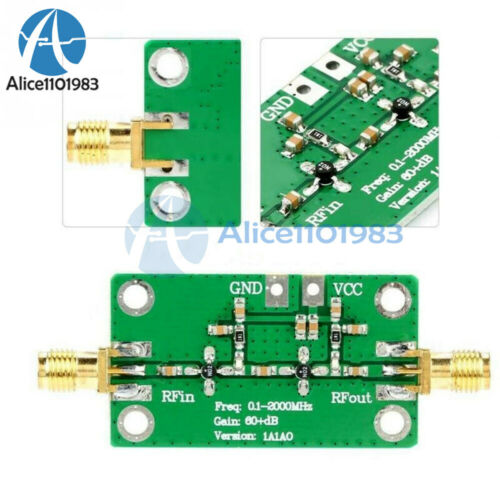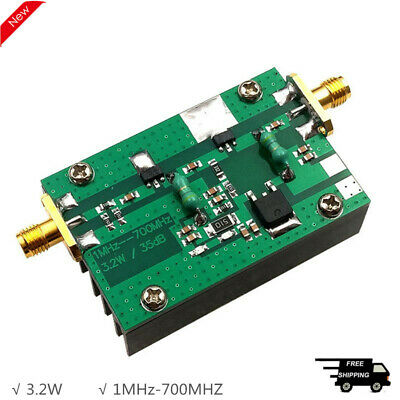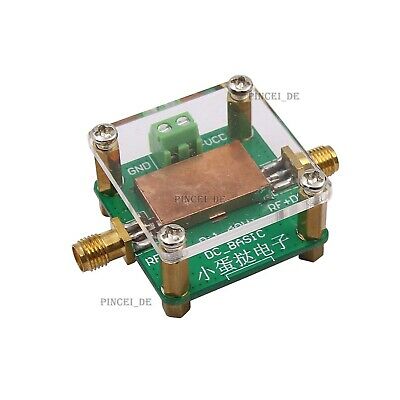-40%
Cryogenic Low Noise Amplifier, to Room Temp, 25dB Gain (nom.), 800MHz to 1100MHz
$ 10.55
- Description
- Size Guide
Description
Gain bandwidth is wider, but my spec is for the more rigorous condition of VSWR matching with S11<-15 dB. This is met at room temperature approximately from 810 MHz to 1,100 MHz and at 77K approximately from 800 MHz to 1,000 MHz.The VNA sweeps are for one representative LNA. Not necessarily the best piece, rather the only one that I swept the day I took the pictures. I have used all of them and they were all made to the same spec. Nevertheless, for this price, you are accepting the possibility of performance variations. (BTW, The calibrated VNA sweeps include about 1 dB of cryo cable loss.
Test cables not included.
)
This LNA was made using hard substrate so that it can be used at cryogenic temperatures. In fact it performs well from room temperature down to cryogenic, in air and in vacuum, with optimal performance at 77K. Very low outgassing. Designed for high vacuum operation.
Lower operating temperature limit is unknown. I have used these down to 25 Kelvin. I have never taken them above 320 Kelvin (47 Celsius).
Manufacturer logo was not imprinted due to the vacuum specification.
SMA (f) connectors mounted on a 23 mm x 25 mm x 9 mm housing. 50 Ohm.
Bias at +5 VDC and 0.073 A. You can bias as low as 2.5 Volts if you need even lower heat load. These VNA sweeps used a 2.5 V bias which drew only 68 mA. No heat sink needed with this LNA.
I have attached a zener diode across the bias terminals so you won't destroy it. (The zener leads might be coated with GE varnish for electrical insulation and low outgassing.)
Noise Figure at 77K is <0.5 dB. I once had several of these LNAs and I measured the noise figure versus temperature for one of them. The attached graph is a representative sample from the large lot that I once owned, and not guaranteed to be exactly the same as this unit. Noise figure was measured at the optimum VSWR frequency (so it's not necessarily the lowest noise figure possible.)
1 dB compression point is about +5 dBm to +10 dBm at the output. I measured P1dB=-19 dBm at the input for the unit in the photos.
My memory says the IP3 is about +15 dBm to +20 dBm at the output.
I will probably ship it by placing dust caps on the SMAs, putting the LNA in an anti-static bag, and then place it inside a bubble mailer. It might come a different way if I run out of shipping supplies.
